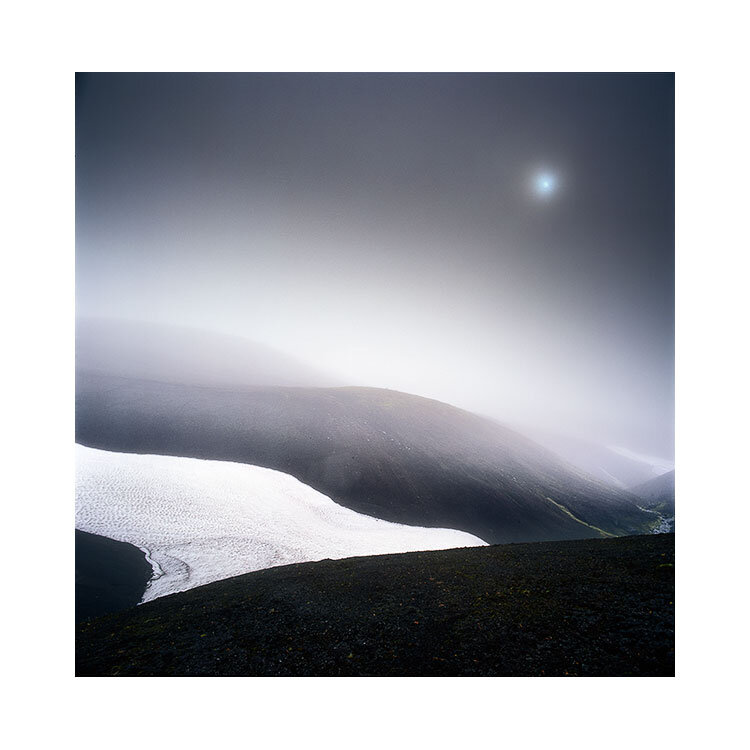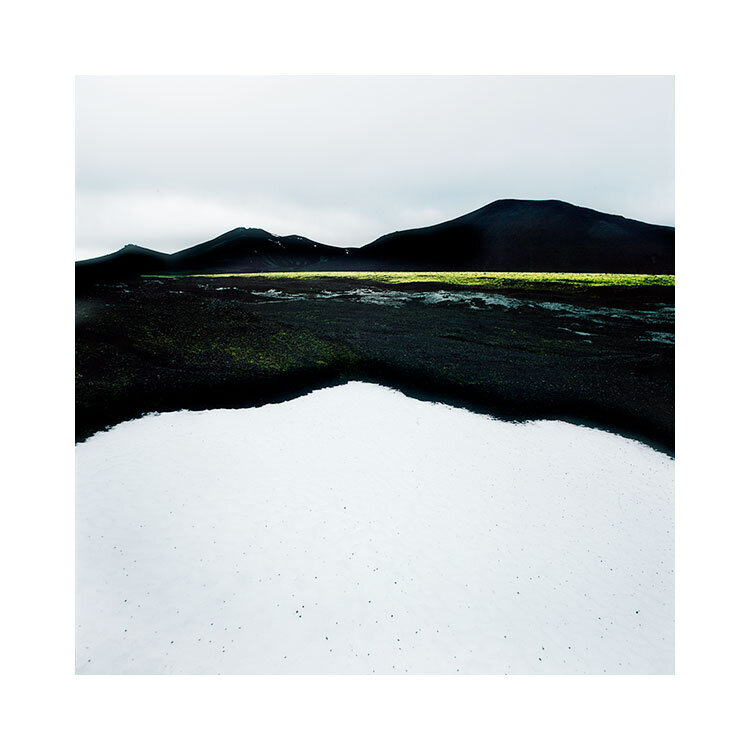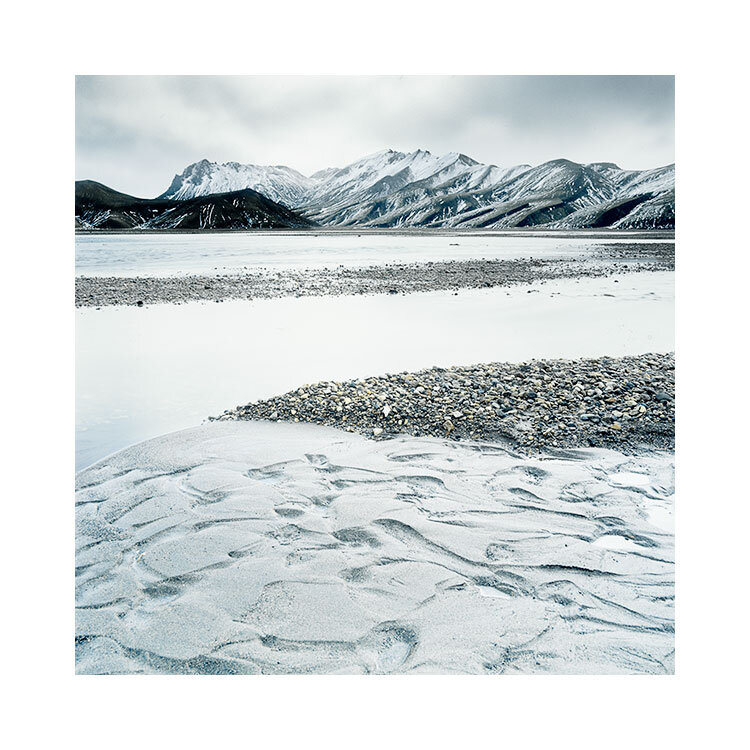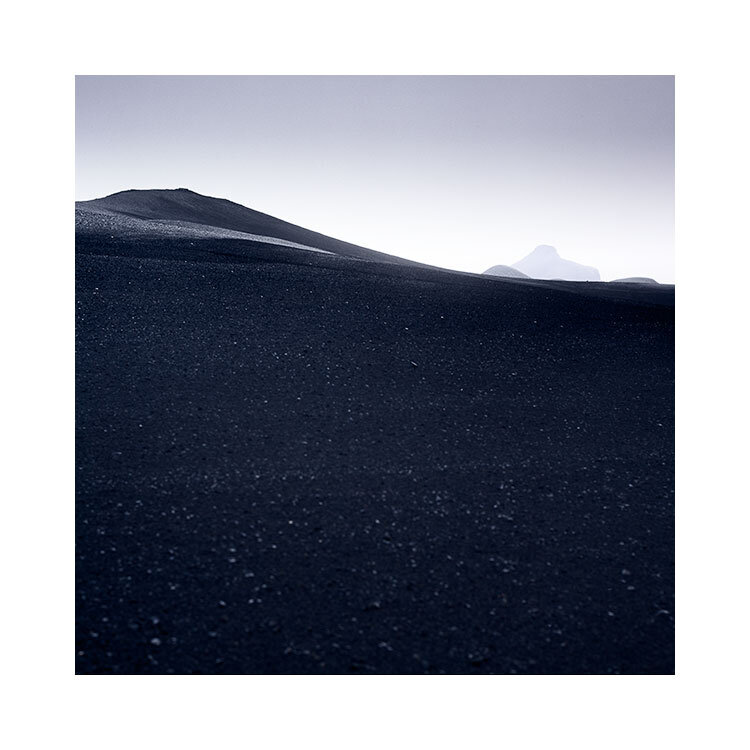Well I’m sure you’ve already studied the two images above : both from the same film-scan and reached your own view of which you like more than the other. This article today is not about this. I am not going to say ‘this image is better or worse because of…..’. Instead, I just wish to discuss some other aspects.
Point 1. Familiarisation makes it hard to see it any other way
I personally love the original image, but I’m really not sure how much of this has to do with familiarisation. We become set / stuck in our ways the more we live with how things have been. And this is just as applicable to our older work. Attempting the re-interpretation image has forced me to think about whether I’m attached to the original image because it’s good, or just because I’m overly familiar with it now.
Point 2. How radically different an image can be through editing
Editing / post-processing (I abhor this term personally), is a highly creative place to live. I have never believed that the work is to ‘get it right in camera’. And I’ve always enjoyed the editing / interpretive side of my photography. It’s interesting to know that an image can be edited in many different ways. Editing is an art, it is a skill. It is a life-long endeavour in learning to see what was in the image and bring out the main motifs. Editing isn’t done by learning Lightroom in a few weeks and that’s it. It can really take you places if you don’t mind departing from what was there at the time of the capture.
Point 3. How much I have changed
I don’t know if I have it in me many more to do deeply saturated colour work. I’m wondering if I may return to it in some years to come, but I’m certainly aware that the original image from 2009 isn’t something that I would do any more. There is always a trade off in your own development. I see things in the original image that I love, but I couldn’t do that now if I tried, because it’s not where my aesthetic leanings are. I’ve lost some aspects to my image making, but I’ve gained also. As I said, there is always a trade-off.
Which leads to my last point:
Point 4. The original capture was made by a different me. Edited by a new me. Perhaps this doesn’t work?
Yep, the guy who made the original shot was the ‘Bruce-Percy-2009’ edition ;-) We shed skin, we move on. I’m not too sure it’s a good thing to return to older work that was created by a different you. Because there is in some way a disconnect. I think I would shoot this scene differently now and I think it would be done differently with an aim to edit it a particular way. These days my editing and composition skills are intertwined. Where I once just went out to make images and then see what I could do with them later on. I think that when I compose shots in the field now, I already know what I’m going to do with them when I edit them.
I think if one wishes to return to older work to re-edit it. There has to be a reason. For example, if you ‘see’ something in the work that you can bring out, or enhance then I think it’s valid to return to it. But if you are trying to ‘update the work to match where you are now’, I’m not convinced it will work.
This is what I tried to do with this image. I attempted to edit it to ‘see what I would do with it now, based on who I am now’. And I’m not sure it’s a success. My reasons are, there are too many distractions in the foliage that I probably wouldn’t have shot it this way. So I’m trying to start on an image that isn’t at the right starting point for where I am now.
Conclusion
It’s fun to go back and revisit older work. You can really learn a lot about yourself in the process:
How far have you come?
Would you shoot the work this way now?
What distractions in the work do you see now that you didn’t see at the time of the original creation?
Do I want to return to the same places now, that I feel I am looking at things differently?
For me, the last point is the salient one. I am very curious to find out how I will approach photographing in Scotland now that my style has evolved. Will I find some common ground? Will I see new things?
Landscapes can teach us so much about our photography and about ourselves. Find the right landscape in your own development and it can move you forward in ways that other landscape won’t. Returning to a well known place many years later can be very interesting because you will most likely be looking for different things and you’ll therefore see it in a fresh and new way.
I’m aware that my work is always in a state of change. Nothing is ever finished. There should be no rules. Do as you please, return to older work if it’s what you feel you need to do. Re-interpretation can teach us so much. I just don’t think it will always yield better / improved results, but you’ll certainly grow from the experience.
















































